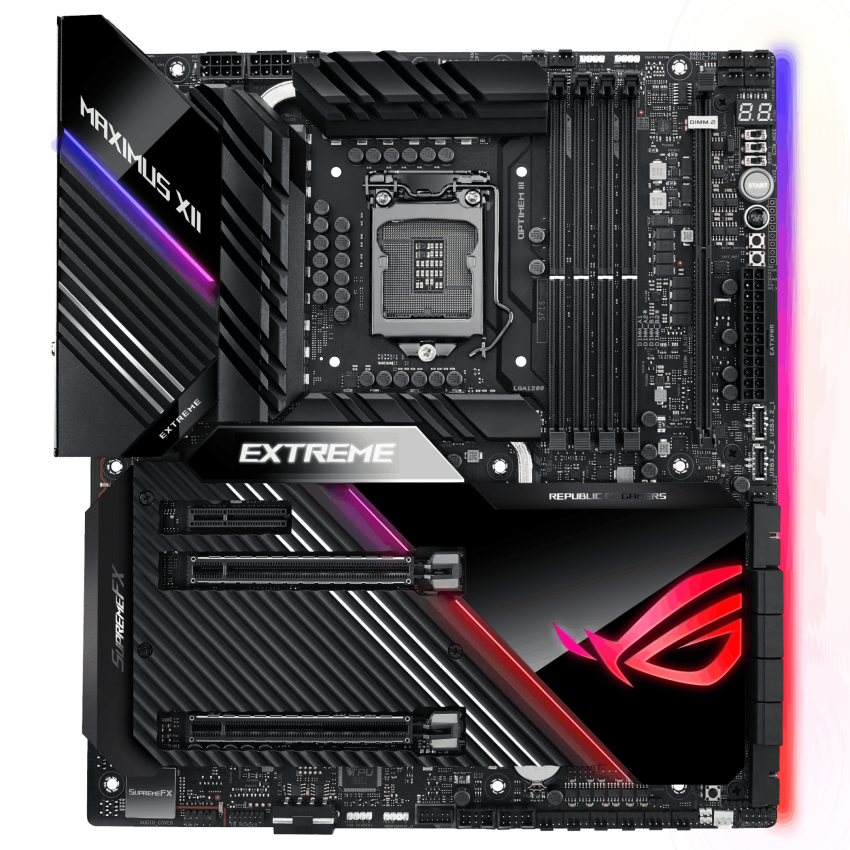Introduction
In the ever-evolving landscape of technology, keeping your laptop’s firmware up to date is essential to ensure optimal performance, compatibility, and security. Among the various components that require periodic updates, the BIOS (Basic Input/Output System) of your laptop motherboard plays a critical role. In this guide, we will delve into the significance of updating your laptop’s BIOS, exploring the reasons behind it. Furthermore, we will provide a comprehensive step-by-step approach to how to perform a successful BIOS update, enabling you to harness the full potential of your laptop while minimizing potential risks. Whether you’re seeking to enhance hardware compatibility, boost system stability, or safeguard against security vulnerabilities, understanding the importance and intricacies of laptop motherboard BIOS updates is an invaluable asset in your technological journey. Join us as we demystify the world of BIOS updates, empowering you to make informed decisions about your laptop’s firmware maintenance.
Laptop Motherboard BIOS Updates: Why and How
A laptop motherboard BIOS (Basic Input/Output System) update is a process of updating the firmware that controls the fundamental functions of your computer, such as booting up, hardware initialization, and communication between the operating system and hardware components. BIOS updates can offer various benefits, including improved system stability, compatibility with new hardware, enhanced performance, and security patches.
1. Check Manufacturer’s Website:
Start by identifying your laptop’s manufacturer and model. Visit the manufacturer’s official website and navigate to the support or drivers section. This is often where you can find BIOS updates along with other drivers and software related to your laptop.
2. Read Documentation:
Before you download and install the BIOS update, it’s crucial to read the accompanying documentation. Manufacturers often provide release notes that detail what changes the new BIOS version brings. This could include bug fixes, feature enhancements, and improvements in compatibility and performance. Understanding what the update entails can help you decide if it’s necessary for your laptop.
3. Backup Important Data:
While the risk of data loss during a BIOS update is low, it’s still wise to back up your important files. You can use an external hard drive, cloud storage, or any other method you’re comfortable with. This precaution ensures that even if something unexpected happens during the update, your valuable data remains safe.
4. Prepare a USB Drive:
Most BIOS updates are provided as downloadable files that need to be installed from a USB flash drive. Format a USB drive to the FAT32 file system (as some BIOS updates might not work with other formats) and copy the downloaded BIOS update file onto it. Keep this USB drive handy, as you’ll need it during the update process.
5. Enter BIOS Setup:
To access the BIOS setup, you’ll need to restart your laptop and press the appropriate key during the boot-up process. Common keys include F2, F10, or Delete, but it varies depending on your laptop’s manufacturer. Consult your laptop’s manual or the manufacturer’s website to find the correct key.
6. Backup Current BIOS:
Some BIOS setups offer the option to back up your current BIOS version before proceeding with the update. This backup can be stored on the USB drive or another location. If anything goes wrong during the update, having a backup of the previous BIOS version can be extremely helpful for recovery.
7. Perform the Update:
Inside the BIOS setup, navigate to the section where you can perform the BIOS update. This section might be labeled as “BIOS Update,” “Flash BIOS,” or something similar. Select the USB drive as the source from which to update the BIOS. Follow the on-screen instructions provided by the BIOS update utility. It’s important to note that during the update process, your laptop should not experience any power loss or interruptions. This could lead to a corrupted BIOS, potentially rendering your laptop unusable.
8. Restart:
After the update is complete, your laptop will likely restart automatically. During the reboot, the new BIOS version will be loaded.
9. Load Default Settings:
It’s often recommended to load default BIOS settings after a BIOS update. This ensures that the new firmware is functioning optimally with default configurations. You can find an option to load default settings within the BIOS setup.
Remember that while BIOS updates can bring benefits, they also carry some risks. If you’re not comfortable performing the update yourself, you can consider seeking assistance from a professional or contacting the laptop manufacturer’s support for guidance. Improperly updating the BIOS can lead to serious issues, so it’s important to follow instructions carefully and exercise caution.
Also read:- The Rise of Athleisure: Exploring the Essentials Tracksuit Trend
Conclusion:
In the realm of laptop technology, the BIOS update stands as a crucial task that holds the key to unlocking your device’s full potential. The journey through the “Laptop Motherboard BIOS Updates: Why and How” has unveiled the profound reasons that drive this necessity, as well as the intricate steps required for a successful update.
By understanding the significance of BIOS updates, we’ve come to recognize their role in ensuring hardware compatibility, optimizing system performance, and fortifying security measures. With the evolution of technology, BIOS updates have become not just a feature but a vital component in safeguarding your laptop’s longevity and effectiveness.
Guided by a step-by-step process, we’ve explored the methodical approach to executing a BIOS update. From researching the manufacturer’s website to selecting the appropriate BIOS version, from preparing a USB drive to navigating the BIOS setup, each step contributes to a holistic understanding of the process.

